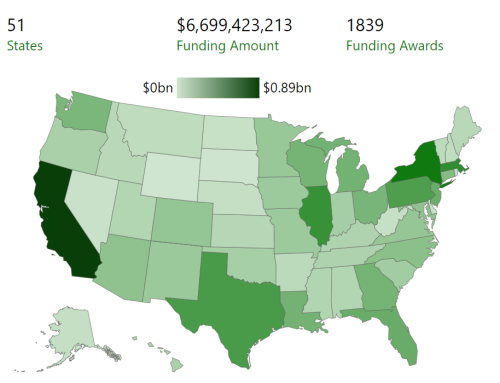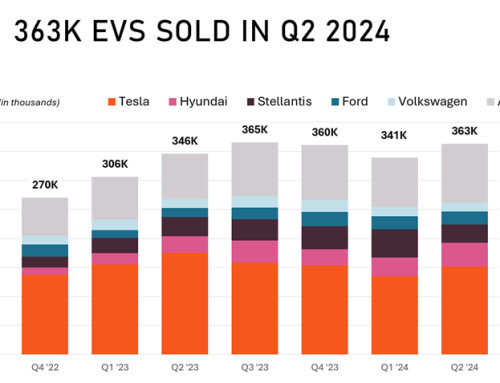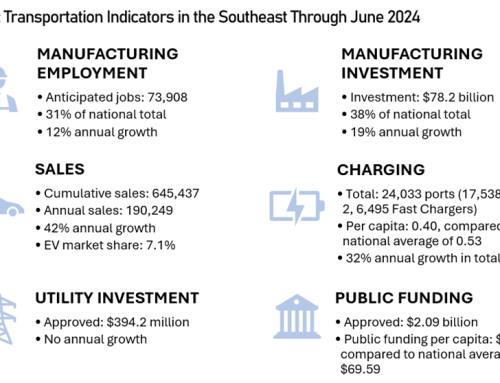
Earlier this month, Atlas Public Policy released the first in a series of analyses aimed at summarizing the policy options available to local, state, and federal agencies, as well as utilities and utility regulators, to accelerate the buildout of electric vehicle (EV) charging infrastructure at the lowest cost.
While the U.S. has made substantial progress in expanding access to EV charging infrastructure, continued multi-sector collaboration is crucial to maintain and build momentum. Governments, utilities, EV charging providers, and other industry players must work together to meet the demands of an evolving EV landscape. The charging ecosystem of the future must accommodate various vehicle types across multiple locations — single- and multi-family homes, commute locations , street parking, en-route locations, and depots – and must serve passenger vehicles as well as medium- and heavy duty- vehicles. Furthermore, reliability and equity considerations must be prioritized to ensure the infrastructure is accessible to all.
In this latest issue brief, Atlas researchers Lucy McKenzie, James Di Filippo, and Ben Sharpe have synthesized a series of policy interventions available to help the U.S. develop a robust EV charging network that serve future growth projections. These recommendations fall into three main categories: reducing the cost of grid connections, lowering other infrastructure costs, and attracting private sector investment. Together, these strategies aim to create a charging network that is both affordable and accessible, while also incentivizing broader participation from the private sector.
Reducing the cost of grid connection
One critical area of focus is reducing grid connection costs and timelines. Faster and more transparent grid connection processes are needed and knowing where grid capacity exists can help those installing charging to succeed at lowest cost. The brief offers several solutions, such as reducing the bottlenecks associated with grid connection, implementing hosting capacity maps, developing load management strategies, and enabling long-term grid planning. State governments, public utility commissions and utility companies have significant influence in these areas.
Reducing other charging infrastructure costs
The brief also outlines various federal, state, and local policy efforts that can reduce other charging infrastructure expenses. One key recommendation is streamlining the permitting and zoning processes for EV chargers. For example, California’s Assembly Bill 1236 mandates that cities and counties develop a streamlined permitting process through official ordinances and checklists. Similarly, New Jersey’s Senate Bill 3223 established a model statewide EV ordinance that simplifies the permit application process for installing charging stations. Other ways to reduce costs include adopting EV-friendly building codes, providing accessible information on charging solutions and vendors, and implementing workforce development programs to ensure there is sufficient expertise in the field.
Attracting private sector investment
Lastly, the brief highlights several policy areas that policymakers can consider to leverage and attract private capital. One approach is to require utilities to implement EV-specific rates and programs. Beyond the utility sector, other means of attracting private investment include enacting low carbon fuel standards, implementing right-to-charge legislation, and developing financing mechanisms that lower the cost of charging deployment or reduce risk.
The full brief can be found here, along with the option to sign up for updates on further charging infrastructure analysis.


